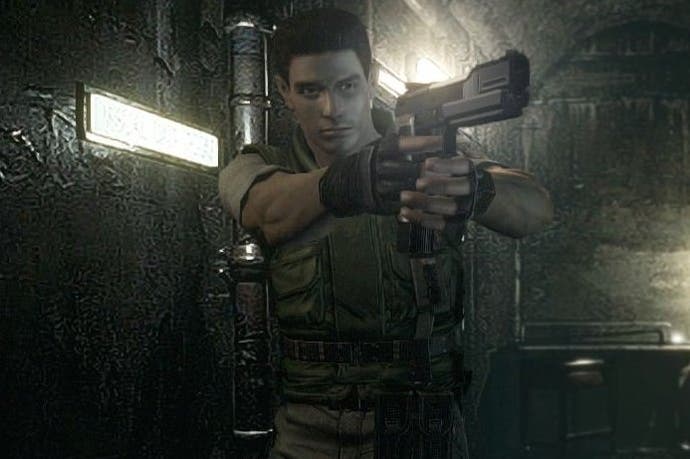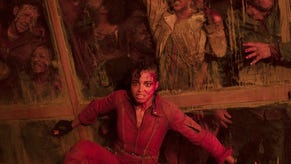Face-Off: Resident Evil HD Remaster
PC, Xbox One and PS4 versions under the microscope.
Shinji Mikami's horror classic rises to current-gen platforms and PC this week in what is undoubtedly a definitive release of the game - a remaster that polishes the already superb 2002 GameCube remake for a new generation. As shown from our early PS4 hands-on, character models are redesigned, the mansion's lighting model is overhauled, and certain backdrops get the full, polygonal 3D treatment. But with a PC release also let loose, is it possible to edge its visuals any further at max settings?
Stitched back together through Capcom's MT Framework engine (marked by distinctive .arc container files in the Steam directory), the remaster's graphics options are on the slim side for PC. As most backdrops and cut-scenes are pre-baked at 1920x1080, the resolution slider simply re-scales assets to your screen's preferred output, with no real change to detail. But for true geometric elements, such as characters, inventory screens, and remodeled 3D areas (one favourite being the cellar), a boost to higher resolutions goes a long way to sharpening the presentation.
The result falls close to the native 1080p delivery on PS4 and Xbox One. However, one PC plus point is in its anti-aliasing settings, ranging between a standard FXAA mode (as used on consoles), FXAA3, and a more refined FXAA3 HQ preset. This flexibility makes sense for PC gaming, where typically sitting closer to a monitor reveals the details lost in the console approach. It's a sharper, clearer image on PC's maximum settings, despite the variable quality of the assets themselves.
Alternative comparison:
Consoles also miss out on the PC's high shadow settings. Based on comparison shots, the PS4 offers an equivalent to the PC's medium setting, slightly blurring the lines across dynamic shadows. Xbox One goes one setting lower than this, matching the low preset on PC with visible banding, still softer edges and more flickering to shadow lines across moving characters. Thankfully, the core lighting engine is intact across all three versions, as is the newly added bloom effect on chandeliers and lamps - making shadows fall at more logical angles than the GameCube release. However there's a provable tail-off in quality between these three releases, ending with the Xbox One version. Does the reduction in shadow quality actually make that much of a difference to overall image quality? Well, few scenes have real-time shadows as the dominant element on-screen, and in many cases the camera angles present shadows in a manner that makes the difference difficult to pick up on. It's more of a technical curiosity as opposed to anything that may impact your enjoyment of the game.
Given the simplistic nature of the game's design, this is a baffling turnout; barring a few scenes, all that's usually rendered on screen are a few items and characters - the rest of the detail draws in behind. It's difficult to fathom how current-gen formats might struggle with the PC's top shadow settings, though PS4 and Xbox One texture quality is identical to the PC's best.
The download sizes for each version also flags another PC advantage. At 17.5GB in total, full-motion video (FMV) quality is improved compared to the 14.6GB download on Xbox One, and 15.2GB on PS4. The PC cut-scenes are stored at three different quality levels in the directory: one lot at 720p, the next at 1080p (visibly the same encode as the home console), and the last group again at full HD - but this time encoded at a higher 20mbps bit-rate. For the Resident Evil purist, the reduced compression on this final setting rung makes it the ideal way to see these scenes, if only by a thin margin in practise.

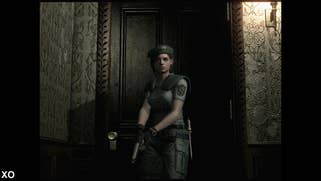


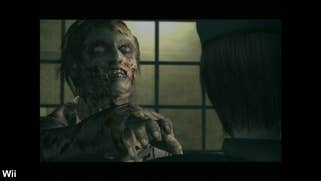
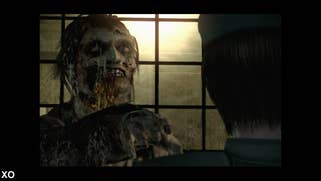

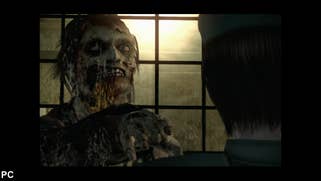
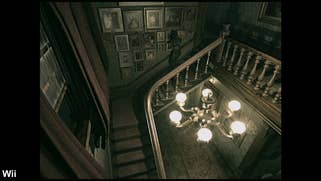

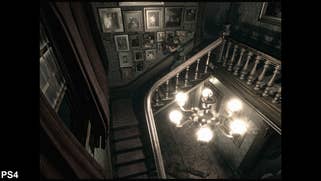

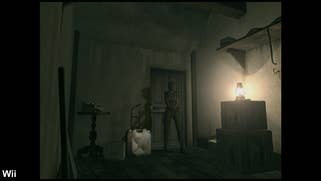


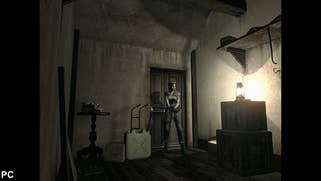

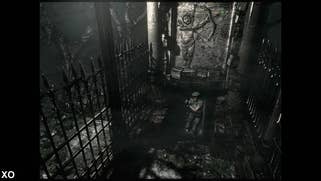






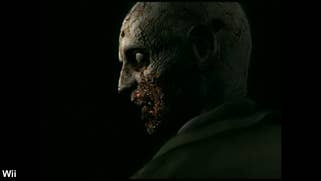

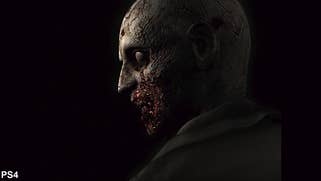




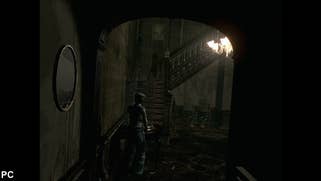
These scenes still run at 30fps of course, as per the original GameCube release, though PC users have the option to run gameplay at full 60fps. It no doubt makes navigating the mansion smoother, but for a game designed with fixed camera angles and auto-aim gun controls in mind, it isn't a massive revelation for gameplay. At a capped 30fps, PS4 and Xbox One owners lose out on a technical bonus here rather than a crucial bullet-point.
Nevertheless, the game's performance has been further optimised since our last test. Our earlier analysis of the PS4 version revealed hiccups to gameplay with each camera angle change - causing a cluster of dropped frames once Jill met the screen's edge. We're pleased to find that, in its final form, the PS4, Xbox One and PC releases don't suffer from this to nearly same extent. Almost every transition between each camera angle flows stutter free, with exceptions limited to specific areas.
The PS4 version flags up a minor issue of its own. Frame-pacing at 30fps isn't properly implemented on Sony's hardware, resulting in occasional judder mostly in cut-scenes, but also during short bursts in gameplay. This essentially means the PS4 frame-rate averages out at 30fps, but the ordering of frames is occasionally uneven in comparison to the Xbox One and PC versions. The perceived effect is that the PS4 is dropping frames, occasionally creating a stutter to running animations - and even pre-rendered cut-scenes. Thanks to the mostly static nature of the presentation, it's not impactful to gameplay, but it's a curious phenomenon bearing in mind that the other versions works exactly as they should.
The PC has no such issues with frame-pacing either. Based on our testing with an Intel i7-3770k processor clocked to 4.3GHz, 16GB of RAM and a GTX 780 Ti graphics card, the job of hitting 60fps is predictably not a difficult one. It flies by as you might expect of a top-end rig, with all settings cranked to their highest point.
But the bigger question is how Capcom's remaster is optimised for lower-end cards. Changing to a sub-£100 GPU like the AMD HD 7790 (configured with just 1GB of GDDR5), the game is still fully playable at 1080p while holding a 60fps line. Once all settings are maxed out, we see dips to 50fps for the first minute of loading the game, after which playback smooths out and rarely drops down again. Even more demanding 3D environments, such as the birdcage room or the cellar beneath the cemetery, have no issues in holding at a perfect 60fps on this card. With all this mind, the lack of 60fps support on the consoles is rather odd - the advantages are obvious and there was nothing to stop Capcom introducing a 30fps mode for series purists.
Resident Evil remastered - the Digital Foundry verdict
The PC edition is easy to recommend for the premier Resident Evil playthrough; a release that scales to lower-end GPUs gracefully, while adding perks such as 60fps support and improved anti-aliasing. The Xbox One's frailty in handling quality shadows is a surprise by comparison here, and the PC release also avoids the PS4's frame-pacing troubles. But, in every other sense, all three versions shoot straight and hit their target.
Despite plundering the GameCube release for most of its backdrops, this remaster holds up surprisingly well at 1080p too, backed by a lighting model that dips into the new hardware's strengths, if only by a tip-toe. It's a conservative update compared to the 2002 remake, and not all angles of the mansion are flattered equally by the HD cut - though it's arguable how much more tweaking would broach remake territory. As a definitive release of a classic, the first Resident Evil title on PS4 and Xbox One is a well-judged start as the series enters a new generation.
